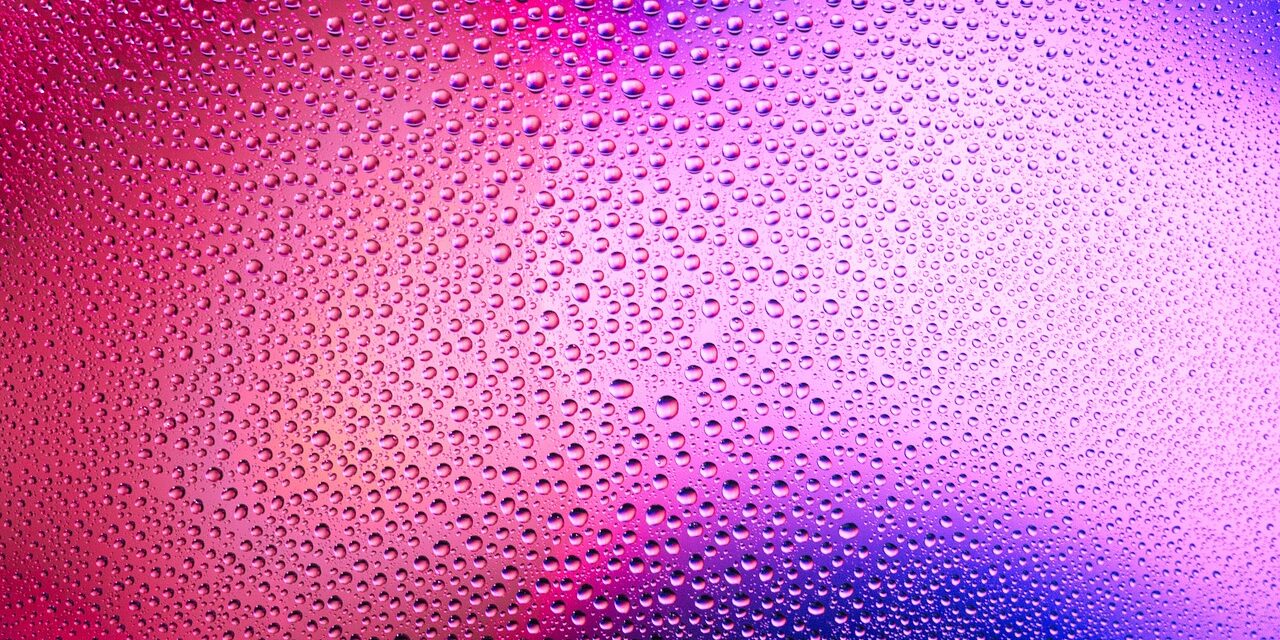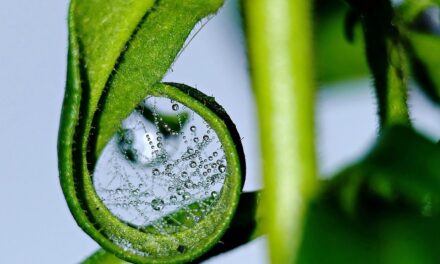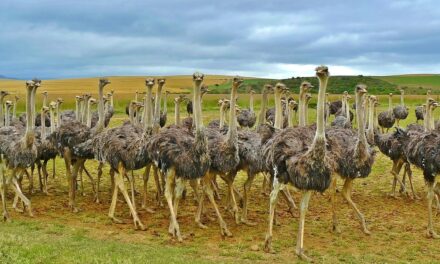Examples of successful water management projects in similar environments in key regions affected by the great salt lake water shortages
Community and Stakeholder Involvement, etc…
The Great Salt Lake: A Salty Saga of Shrinking Shores and Climate Woes
The Skinny: The Great Salt Lake is basically throwing a “Help, I’m Shrinking!” party, and it’s not a fun one. Climate change is making things hotter and drier, and we’re taking way too much water for ourselves. It’s like the lake is saying, “Hey, remember that whole ‘water cycle’ thing? It’s starting to feel a little…dry.”
The Water Cycle: A Wild Ride: It all starts up in the mountains, where snow and ice are basically chilling out. Then, bam! They melt and become streams and rivers, taking a wild ride down to the Great Salt Lake. But the lake’s water level is dropping faster than a politician’s poll numbers.
Enter the Climate Rescue Initiative: These folks are like the superheroes of the Great Salt Lake, trying to save it from its watery demise. They’re working hard to figure out how to give the lake a much-needed drink, and hopefully avoid a salt-water apocalypse.
The Great Salt Lake: A Giant, Salty Pool: Think of it as Utah’s own mini-ocean, except instead of fish, it’s got brine shrimp and a whole lot of salt. But unlike the ocean, this salty sea is feeling the heat and getting smaller by the day. It’s time we all do our part to give it a helping hand.
The Great Salt Lake: A Sea in Trouble
TL;DR – The Great Salt Lake is shrinking because of climate change and too much water use. This is bad for wildlife, the environment, and people. We need to use water wisely and find new ways to use less water, like better irrigation. Groups like the Climate Rescue Initiative are working to find solutions.
The Great Salt Lake’s Water Journey
The Great Salt Lake is a giant, salty lake in Utah. It’s an important part of the environment, providing a home to many animals and plants. The water that fills the lake comes from rivers, streams, and snowmelt in the mountains. Think of it as a giant bathtub that gets filled from all these sources.
Imagine the water in the lake like a big river that flows through the region. It starts high in the mountains as snow and ice, then melts and flows down into streams and rivers, eventually ending up in the Great Salt Lake. This cycle of water moving through the region is called the hydrologic cycle.
The Shrinking Lake and its Impacts
But the Great Salt Lake is shrinking! Over the past few decades, the lake has lost a lot of its water. This is a big problem because it’s harming the environment and the people who live in the area.
-
Wildlife is suffering: Many birds, fish, and other animals depend on the Great Salt Lake for food and shelter. As the lake shrinks, these animals have fewer places to live and less to eat. Some animals are even disappearing completely.
-
Dust storms are becoming a problem: As the lake shrinks, the dry lakebed is exposed to the wind. This creates huge dust storms that can carry harmful pollutants into the air, making it hard to breathe and causing health problems.
-
The climate is changing: A shrinking Great Salt Lake can make the climate hotter and drier, which can affect crops and water supplies in the region.
What’s Causing the Water Shortage?
There are a few things that are causing the Great Salt Lake to shrink.
-
Climate change: Warmer temperatures mean more snow melts quickly in the spring, and less snow falls overall. This means less water flows into the Great Salt Lake.
-
Overuse: The people who live in the Great Salt Lake area use a lot of water for farms, cities, and homes. All this water use means less water is left to flow into the lake.
Finding Solutions
We need to take action to save the Great Salt Lake. Here are a few ideas:
-
Conserving water: We can all do our part by using less water at home and in our communities. This means taking shorter showers, fixing leaky faucets, and watering our lawns less.
-
Smart irrigation: Farmers can use new technologies to water their crops more efficiently, using less water and saving money.
-
Policy changes: Governments can make laws and policies to help conserve water. This could include setting limits on how much water people can use, offering incentives to save water, and encouraging water-wise landscaping.
The Climate Rescue Initiative: A Helping Hand
Organizations like the Climate Rescue Initiative are working hard to solve the Great Salt Lake’s water problems. They are bringing together scientists, policymakers, and community members to find solutions and implement change. They are working on projects like:
- Water conservation programs: Helping homeowners and businesses find ways to use less water.
- New irrigation technology: Testing and promoting innovative ways to water crops efficiently.
- Restoring natural habitats: Bringing back wetlands and other areas that help store water and protect the Great Salt Lake.
Community Action is Key
Saving the Great Salt Lake is a big challenge, but we can do it! Working together, communities, businesses, and governments can make a real difference.
A Summary of Solutions
The Great Salt Lake faces a serious water shortage due to climate change and overuse. By implementing water conservation practices, like using less water at home and in our communities, we can significantly reduce the amount of water needed. Innovative irrigation techniques can help farmers grow crops using less water, and policy measures can encourage water conservation and limit overuse. Groups like the Climate Rescue Initiative are working to find solutions through projects that focus on water conservation, new irrigation technologies, and restoring natural habitats. By working together with community, business, and government, we can save the Great Salt Lake and protect the future of this vital ecosystem.
More on Examples of successful water management projects in similar environments…
- ## SEO Keywords: Examples of Successful Water Management Projects
- successful water management projects
- case studies water management
- best practices water management
- sustainable water management projects
- innovative water management solutions
- water conservation projects examples
- drought management strategies examples
- flood mitigation projects examples
- water resource management case studies
- water infrastructure projects success stories
- water scarcity solutions examples
- water security projects examples
- water treatment plant case studies
- irrigation system optimization examples
- rainwater harvesting projects examples
- desalination plant examples
- water reuse projects examples
- watershed management projects examples
- urban water management projects examples
- rural water management projects examples
- ## SEO Keywords: Community and Stakeholder Involvement
- community engagement in water management
- stakeholder involvement in water projects
- public participation in water planning
- community-based water management
- water governance and participation
- participatory water resource management
- community-led water projects
- water education and awareness
- water literacy programs
- citizen science in water monitoring
- stakeholder mapping for water projects
- water equity and social justice
- indigenous knowledge in water management
- water policy and community involvement
- water resources conflict resolution
- building trust in water projects
- community empowerment in water management
- water access and community involvement
- water security and community resilience
- water-related health and community involvement
- community-driven water solutions
- participatory water monitoring
- water conservation awareness campaigns
- water resource management communication strategies
- community ownership of water projects
- water governance and community participation
- collaborative water management
- water sustainability and community involvement











